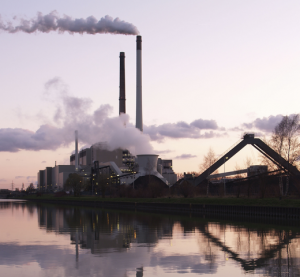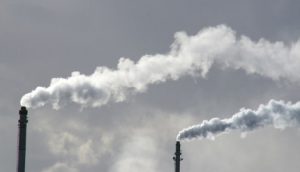President Obama’s recent announcement that the US will seek to cut carbon emissions by imposing tougher restrictions on coal-fired power stations has been received with cautious optimism by many climate policy observers. In addition to reducing its own emissions (the US is the world’s second largest emitter of CO2), observers hope other countries will commit to similar reductions, especially China, which has been the world’s largest emitter since 2006.
But reaction to the announcement within China has been mixed. Li Junfeng, Director of the National Centre for Climate Change Strategy, said that the plan takes “action on climate change without putting employment or the US economy at risk. This is political manoeuvring by the Democrats, something both parties need to do in the run-up to the mid-term elections.”
Li also questioned the feasibility of implementing the plan. “Obama has bypassed Congress to act alone, but without full legislative force. The move allows individual states to set their own rules, and so far at least three have said they will not do so.”
Yang Fuqiang, a Senior Adviser to the National Resources Defense Council, echoed Lin’s reservations. “Obama’s move is backed by civil society and the ordinary people, but there is still obvious resistance. It remains to be seen if the programme will actually be implemented.”
It’s unclear whether China will follow the US example. While there has been speculation that an absolute cap on carbon emissions might feature in China’s next Five Year Plan (covering 2016-2020), there has been no official confirmation.
Li believes the announcement “will not change China’s climate policy: China has already made its intentions for 2020 clear.” But he made the point that the US and China face different constraints when it comes to altering their energy strategy.
“[The US] already has the technology and resources to do this; whether it actually does or not is just a political choice. But in countries such as China and India, the technology isn’t there, so the politicians do not have the same choices.
“Emissions cuts can’t happen without improvements to the energy structure. In China the people won’t allow us to keep relying on coal; but it can’t be removed from our energy make-up. This is something the policy-makers need to think about. China can’t try and keep up with the US on this.”
But some Chinese experts believe that the US approach can still prove a beneficial example for China. Wang Yi, Director of the Chinese Academy of Sciences’ Institute of Policy and Management, believes that although China needs to focus on reducing pollution, this will inevitably involve reducing CO2 emissions.
As for the setting of binding emissions targets, Wang believes this could still happen in a gradual fashion.
“China could also refer to the US approach and implement staged total caps – but not as a single measure, in combination with specific roadmaps. There is no point in lofty goals which cannot be achieved. We should just keep working, slow and steady.”







